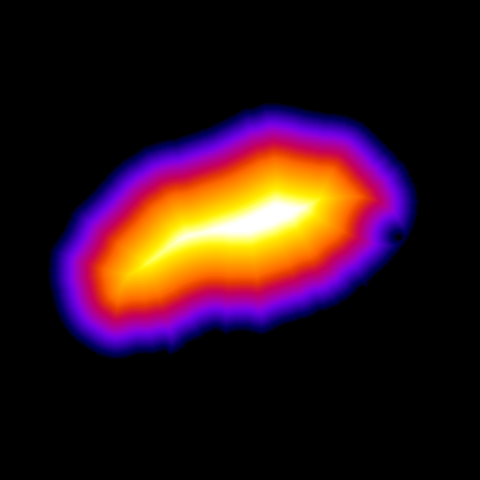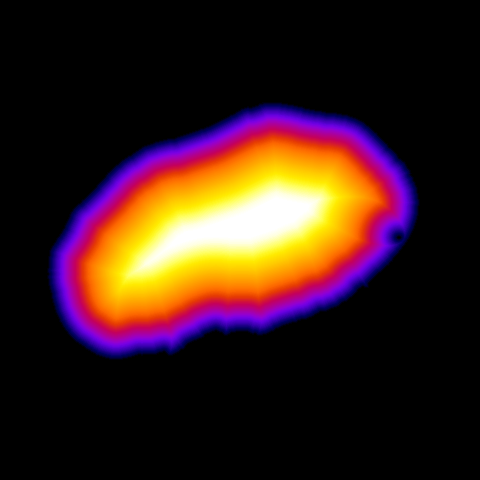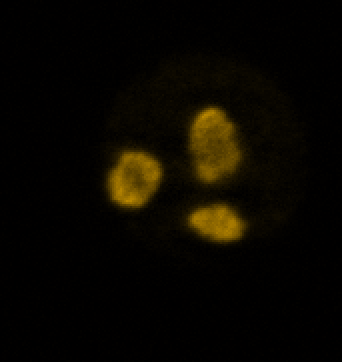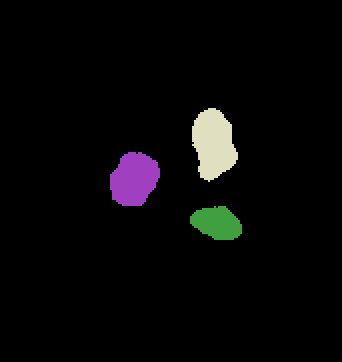The content of this page has not been vetted since shifting away from MediaWiki. If you’d like to help, check out the how to help guide!
3D Mathematical Morphology
Various algorithms for 3D Mathematical Morphology, as part of the 3D ImageJ Suite.
Author
Description
3D mathematical operations (erosion, dilation, …) are available in 3D Filters using minimum and maximum filters.
A 3D Fill Holes is available, works the same way as in 2D but will not fill holes if it is not closed in the Z dimension.
A 3D Euclidean Distance Map (also called EDT) is available that takes into account the calibration of the image stack. A 3D normalized distance map (called Eroded Volume Fraction, or EVF) is also available.


Left, raw image of a lymph node ((c) J. Groom, WEHI). Right, binary thresholded image.


Left, EDT image . Right, EVF image.
In the case of labelled objects (as count masks) a Binary Close Labels is available, that permits to perform closing on individual objects, hence avoiding objects to touch during the dilation operation.



Nuclear regions ((c) J. Ollion, MNHN) : raw image, segmented labelled image, close labels image.
Download
For details go to the 3D ImageJ Suite.
Citation
When using the 3D Mathematical Morphology plugins for publication, please refer to :
J. Ollion, J. Cochennec, F. Loll, C. Escudé, T. Boudier. (2013) TANGO: A Generic Tool for High-throughput 3D Image Analysis for Studying Nuclear Organization. Bioinformatics 2013 Jul 15;29(14):1840-1. doi
License
GPL distribution (see license). Sources are available freely.
Changelog
- 30/03/2016 V3.74: bug fixed in EDT